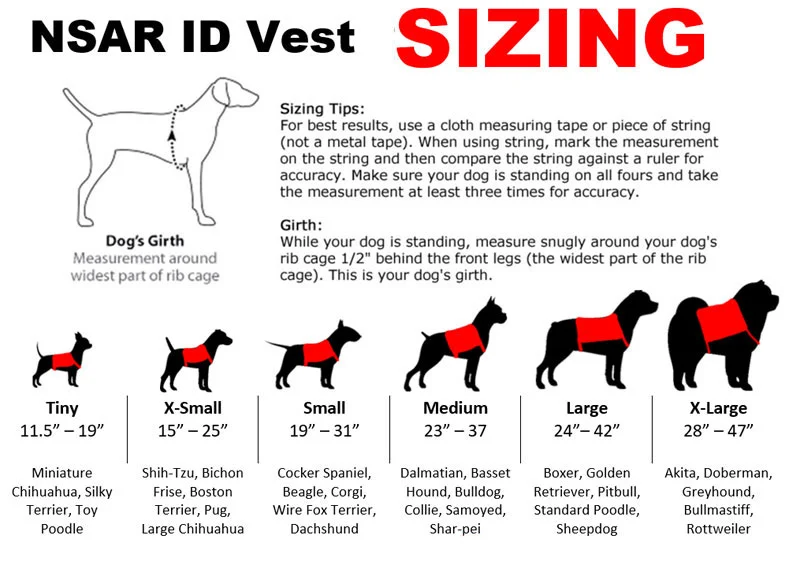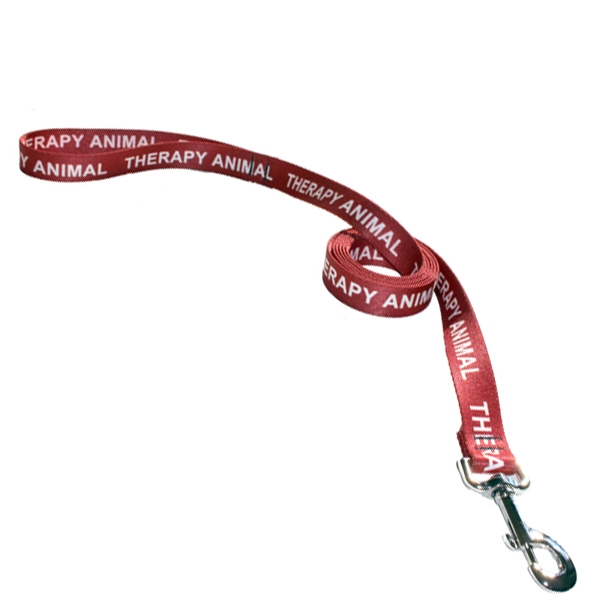Why You Should Make your Pet an Emotional Support Animal

Do you suffer from emotional or psychological issues? Do you depend on your pet to provide comfort in stressful situations? Have you ever felt unable to cope in a public place because you didn’t have your animal friend to keep you calm?
If the answer to any of these questions is yes, have you considered registering your pet as an emotional support animal?
Imagine how much easier life would be if you could be out and about with your emotional support dog, cat, or animal and not have to explain why you need them with you? Imagine having the peace of mind to know you could take them in the cabin of a plane without having to pay extra costs, or that you won’t ever have to justify them to your housing provider.
Maybe you already know that registering your pet as an emotional support animal would make a huge difference in your life, but you’re unfamiliar with or worry about the process.
We want you to know you are not alone. We have been helping people with emotional support animals for over 25 years, and we can use our knowledge and experience to guide you through the entire process. We can help you get the correct documentation, complete a lifetime registration, and even advise you about the equipment you need for your animal friend.
Registering your pet as an emotional support animal (ESA) is quick, easy, and affordable. Let’s start by outlining everything you need to know.
Ready to get started straight away? Click here to register your ESA
What is an Emotional Support Animal (ESA)?
Although an emotional support animal often starts out as a pet (dog, cat, and other domestic animals), for people who are living with an emotional or psychological health condition, they become so much more.
Unlike service animals, ESAs are often not trained to carry out specific tasks like service animals, but they help people with mental health conditions stay calm in a situation that might otherwise be a trigger for their symptoms.
For many people living with emotional or psychological health conditions, the presence of their emotional support animal gives them the support they need to get through daily life.
People with an emotional support dog, cat or other animal sometimes have conditions such as anxiety or depression. Others have emotional problems such as relationship issues that make coping with certain situations or daily life difficult. It could also be as simple as a fear of flying or another phobia that makes going on a trip or doing something related to their phobia unthinkable if they are not accompanied by their furry companion animal.
In order for a pet to become a legally recognized emotional support dog, cat, or animal, they must be prescribed by a licensed mental health professional such as a psychologist, a psychiatrist, or a therapist. This means that they are part of the treatment program for this person. Not currently working with a doctor or therapist? You should consider National Service Animal Registry’s a NO-RISK emotional support animal letter assessment.
To qualify, you must be considered emotionally disabled and have a letter from a licensed therapist to prove it. Some airlines and housing companies will accept a letter from a family doctor.
Almost all domesticated animals qualify to become an emotional support animal. The most common are dog and cats, but rabbits, mice, and rats are common too. Animals can be any age; the only requirement is they are manageable in public and don’t create a nuisance in the home.
What are the Benefits of Registering your Emotional Support Animal?

It isn’t a legal requirement to register your emotional support animal, but there are tremendous benefits, including rights and protections.
- You can fly with your emotional support animal in the cabin with you without paying extra costs (The Air Carrier Access Act 49 U.S.C. 41705, Department of Transportation 14 C.F.R. Part 382)
- You have the right to live with your emotional support animal in housing where pets are not allowed, without being charged an extra fee (Fair Housing Amendments Act of 1988)
- Although other public and private establishments (such as hotels, restaurants, taxis, theaters) are not legally required to let you enter with your assistance animal, many are sympathetic if the animal is registered and wears identifying patches or a vest and has an ID card.
- For many people, the biggest benefit is the peace of mind to know that their pet is recognized and identifiable as an assistance animal should they need to take advantage of the legal protections in the future, they are covered.
How To Register Your Emotional Support Animal
So, if believe you’d benefit from the advantages of registering your pet as an emotional support animal, you’re probably wondering how to get started. We’ve outlined the process below in three easy steps, but remember you don’t need to do it alone, you can contact us for help and advice at any stage.
Step 1: Get a Letter From a Licensed Therapist
If you don’t have a therapist or your therapist is unwilling to write an animal emotional support letter, National Service Animal Registry (NSAR) offers a NO-RISK emotional support animal letter assessment. National Service Animal Registry is the original and most trusted and referred online provider of ESA prescription letters in the United States, equipped with an extensive network of experienced licensed therapists across the nation who specialize in ESA assessments.
Step 2: Register your Emotional Support Animal

Although you aren’t required to have your ESA letter before registering, you should register your emotional support animal and get the equipment you need to identify them when you’re out and about. If the registration process feels overwhelming, we can help. We offer three different emotional support animal kits, which we have created based on our experience to cater to people with different needs. We can help you decide which suits you best so you can be sure you make the right decision for your furry friend.
All three kits all include lifetime registration of your ESA as standard – that means you never have to register them again – plus registration in the National Service Dog Register, a frameable embossed certificate, an ESA ID card, and ID card leash clip.
Step 3: Get Out and About Easily with your Emotional Support Animal
Once your emotional support animal is registered and you have your equipment, you’re all set to get out and about together. You’ll be able to relax and have the peace of mind to know you don’t need to explain or justify having your emotional support animal with you, even when you fly. You might well be surprised about the welcome you receive in places that aren’t legally required to allow you to bring them inside, such as cafes and restaurants. And if ever you need to prove your pet is an emotional support animal to your housing provider, you’re all set!
Ready to get started? Click here to register your ESA
Registering Your Emotional Support Animal: Next Steps
We hope this article gave you all the information you need to work out whether registering your pet as an emotional support animal is right for you, and start the registration process.
If you need further help, take a look at our website: National Service Animal Registry. We’ve pulled together all the information you need to guide you through the process of registering your animal.
You can also contact us for further information. We can guide you through the process, provide help and advice about the most appropriate ESA registration kit to suit your emotional support animal and lifestyle, and provide any other help and advice you need.
We’ve helped countless people with emotional support dogs, cats, and animals over the last 25 years. We look forward to helping you too.














































































